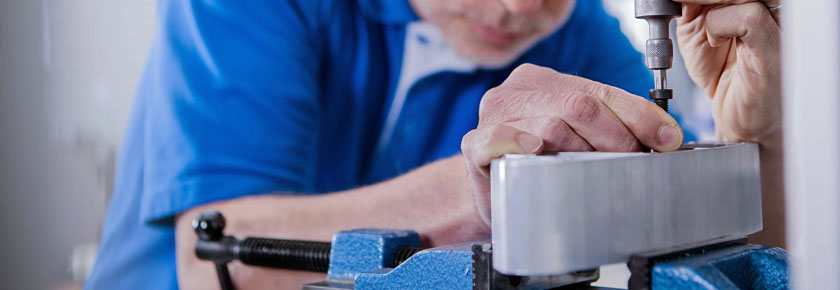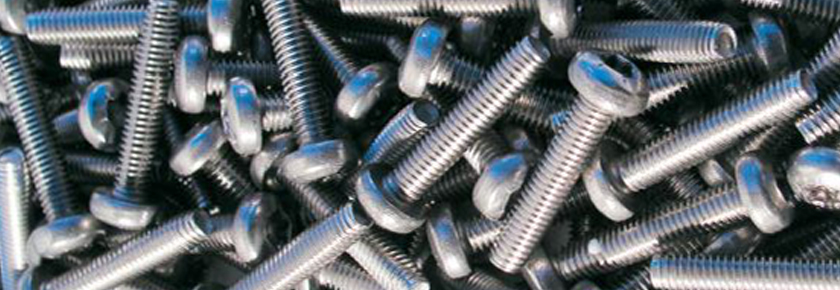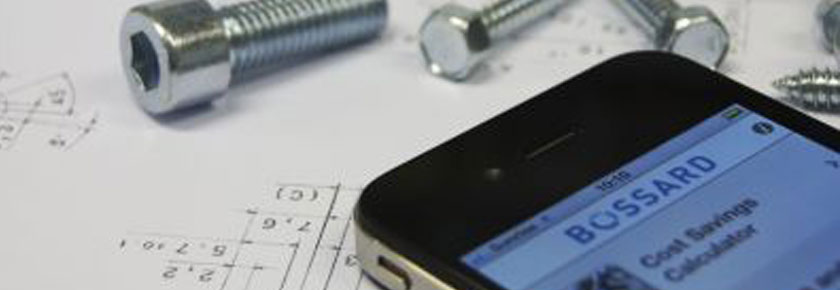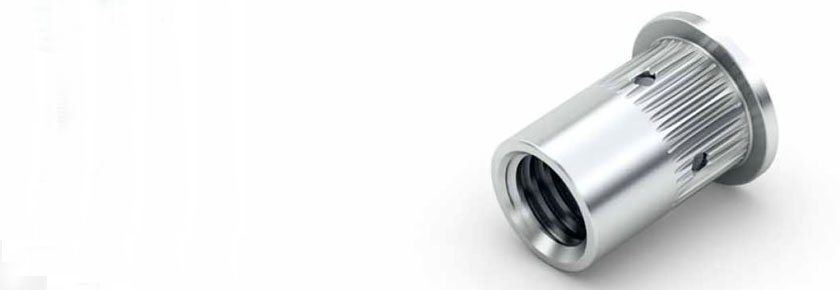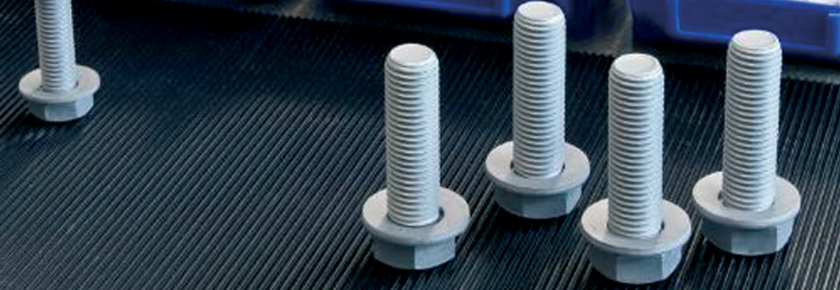Throughout a typical day, our engineers are asked at least once, “What torque should I use?” for any given size and application. This question is very loaded and requires many details to arrive at a hypothesized torque. The torque is considered hypothesized until testing is performed on an actual application. Until it is tested, it is not confirmed.
The factors that govern any “proper” torque strategy are the strength of the fastener, the surface pressure limits of the mating material, and the friction under the head and in the threads. The ultimate goal of torque is clamp load, so these factors essentially influence total clamp load. Total clamp load, or preload, in most applications is required to keep anything together.
The most common method of finding the proper torque is looking it up on a torque chart. Most companies have some sort of organized torque chart based on size and some refer to the surface finish of the fastener. This is an attempt to consider the friction of common fastener finishes. Our engineers would rate this method very low on an accuracy scale when a specific clamp load is desired. The method we recommend to any design engineer requires a load cell and measuring of the clamp load while tightening. This confirms the design and the engineer’s desired clamp or preload. The torque to get to this clamp load will be the proper torque.
When friction varies and the clamp load needs to be achieved every single time (like a head bolt on an engine) a torque turn method is the proper choice. This method takes a bit more testing to be repeatable but is very accurate. By testing several joints and measuring the clamp load and torque simultaneously, a snug torque can be acquired and then an angle-of-turn added. The snug torque may only be a tenth of the final torque but the angle-of-turn can and will produce accurate and repeatable clamp. For more information on this method, and help determining this angle, contact us any time at ProvenProductivity@bossard.com.
Please read and subscribe to our blog to receive information and tips about Bossard Proven Productivity.

